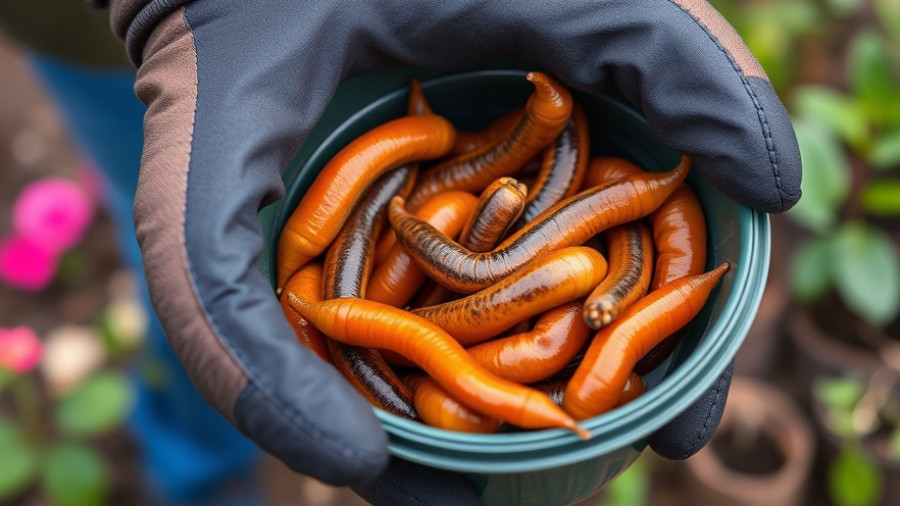
The Resilience of Moss Rose: A Plant for Every Garden
In the challenging climates of the Ozarks, where temperatures soar above 100 degrees for days on end, finding plants that can withstand such extremes is crucial for any dedicated gardener. Moss Rose (Portulaca grandiflora), also known as Purslane, stands out as a remarkably resilient option. Its succulent stems and vibrant blooms provide not only beauty but also a testament to nature’s endurance. If you’re searching for a hardy addition to your garden, here's how to grow and nurture Moss Rose effectively.
Understanding Moss Rose: The Basics
Moss Rose is a low-growing annual succulent that thrives in conditions where many other plants falter. Originating from the arid landscapes of South America, this flower is adapted to heat and drought, making it an excellent choice for various USDA zones (2 to 11). With no need for complex care routines, this plant flourishes in sandy or well-drained soils with plenty of sunlight. Its surprisingly vibrant blooms resemble miniature roses, coming in an array of colors that can brighten any garden space.
Growing Moss Rose: Step-by-Step Guide
To successfully cultivate Moss Rose, you can choose to start seeds indoors 6-8 weeks before the last frost or directly sow them outside after the frosty weather has passed. The key to germination is to barely cover the seeds with soil, as they need light to sprout. Ensure your soil is well-draining since these plants are prone to root rot if overwatered. Regular watering is only necessary during prolonged dry spells; otherwise, Moss Rose prefers dry conditions. With the right care, you will witness a spectacular display of blooms that last throughout the summer until the first frost.
Saving and Harvesting Seeds: An Easy Process
One of the unique benefits of growing Moss Rose is its ability to self-seed. Once the flowers fade, a seed capsule forms, allowing gardeners to harvest seeds for the next growing season. Gently collect these seeds and store them in a cool, dry place, ensuring you have vibrant Moss Rose for seasons to come.
Creating a Vibrant Landscape with Moss Rose
Moss Rose offers delightful versatility as both a container plant and a ground cover. Its dense foliage can elegantly spill over hanging baskets or nestle beautifully among rocks in a garden. By pairing Moss Rose with other drought-tolerant plants like Creeping Phlox and Ice Plant, you can create a stunning visual display even in challenging conditions.
Environmental Benefits of Moss Rose
This hardy succulent not only enhances garden aesthetics, but it also contributes to the ecological balance by attracting pollinators such as butterflies. Its low water requirements resonate well with sustainable gardening practices, making it a perfect fit for those focused on environmental responsibility.
Conclusion: Why You Should Start Growing Moss Rose Today
Planting Moss Rose is not just an opportunity to beautify your garden; it's a way to embrace sustainable gardening. With minimal care required and an impressive capacity to thrive in harsh conditions, this powerful plant deserves a place in every garden enthusiast's repertoire. Whether you're looking for color, drought resistance, or ease of maintenance, Moss Rose stands ready to meet those needs. Start your gardening journey with Moss Rose today and enjoy the vibrant blooms and eco-friendly benefits it brings.
 Add Row
Add Row  Add
Add 




Write A Comment